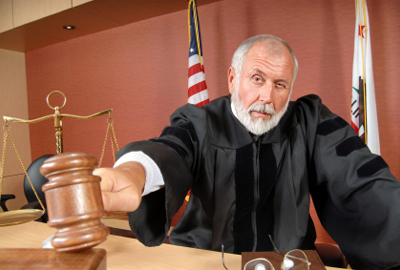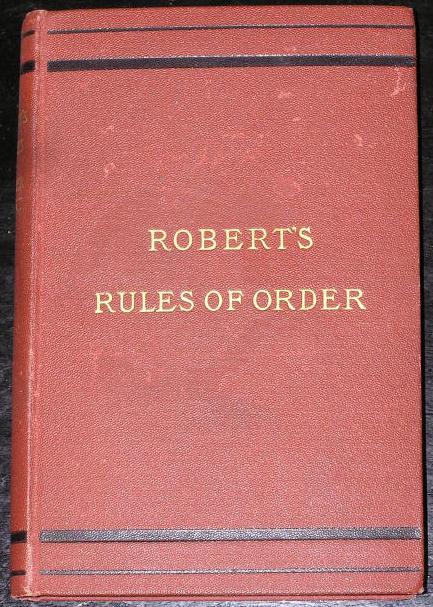What is Parliamentary Procedure?

|
For many people, the mere mention of parliamentary procedure brings visions of long, drawn-out meetings with people using arcane language and everyone yelling and debating some minor topic. Nothing could be farther from the truth! Parliamentary procedure is a tool. Nothing more and nothing less. It actually speeds up meetings, uses a consistent vocabulary that helps people understand what is going on, and it makes meetings more productive. It is intended to help people, not make life harder. |
The value of parliamentary procedure comes from learning from the experts and from a long history of experience in making organizations more effective.Can you imagine what craziness would happen if every organization and every group made up their own rules for their meetings, and handled things differently from every other group? It would be almost impossible to get anything done! There would be mass confusion, decisions would be arbitrary, time would be wasted and people would turned off from even attempting to help run the organization. Basically, nothing would function smoothly. Parliamentary procedure helps avoid all of that.

| Perhaps the most widely known source of parliamentary procedure is Robert’s Rules of Order. During the late 1800’s General Henry M. Robert witnessed all of the confusion and frustration that was occurring due to lack of a rules in political deliberations. He created a common set of procedures that could be used by everyone, lay or politician. His intent was to bring people together, like the old saying “everyone playing from the same page of music” — his procedures got everyone playing from the same page of music. His rules of order were an instant hit, and once people saw how much more smoothly their meetings went, the popularity of Robert’s Rules of Order grew in leaps and bounds. Robert couldn’t maintain the demand for his book of rules. After a while, everyone wanted one! |
Today, it is a long time away from the 1800’s, yet Robert’s Rules of Order has been updated eleven times over the years, so that it is always current and relevant. It speaks to modern practices of electronic meetings, for example, and takes into consideration many current legal requirements. It is a tool that can help any group or organization become more effective. It is also a tool that supports the democratic process, ensuring that everyone’s opinion is heard and represented.
People who are fluent and proficient with parliamentary procedure are called Parliamentarians, and can help others understand the practices and rules of parliamentary procedure. They can act as teachers, mentors, guides and even as active participants in helping to run many organizations. For most members, no special knowledge of parliamentary procedure is required, but ALL members of a group or organization should understand the basics. This section of the web site will give you a good overview of the basics of parliamentary procedure.
You can read about the following topics:
- Parliamentary Authority >> The basis of all parliamentary procedure is the relevant authority for those rules. In most cases, organizations will have selected to use Robert’s Rules of Order as their parliamentary authority, as it is the most common. There are others, however. This short intro will explain the purpose of a parliamentary authority and describe the most common versions in use today.
- Parliamentary Procedure >> The collection of rules and procedures to be used are gathered into one book/resource and are called the manual of parliamentary procedure. Robert’s Rules of Order, for example, is a manual of parliamentary procedure. This section explains what these rules look like, how they are typically used and the limits and benefits of these procedures.
- Robert’s Rules of Order >> As Robert’s Rules of Order is the most common parliamentary authority in use today, users of it should have basic understanding of what is covered in it. This section gives a brief history of this book and highlights chapters and areas of coverage.
- Bylaws >> Once an organization has selected a parliamentary authority, it must also create a set of Bylaws that describe the operation of the organization. Basically the set of unique rules that apply to that organization. This section covers the purpose of Bylaws in organizations, what they are good for (and not good for) and how they can be interpreted.
- Making Motions >> Probably the first thing a member of organization might want to do in a meeting is to make a motion. This is a simple process, but there are a lot of additional motions other members could make. This section will cover the basics of making a motion, how many votes are required to pass it, rules for debate and so on.
- Commonly-used Vocabulary >> A resource of commonly-used words and phrases in parliamentary procedure. If you read nothing else, this section will at least give you a basic understanding of the terms in use during meetings.
- Where to go for more information >> Web sites and other online resources for those who want to learn more about parliamentary procedure. These are all off-site links for your own education.


